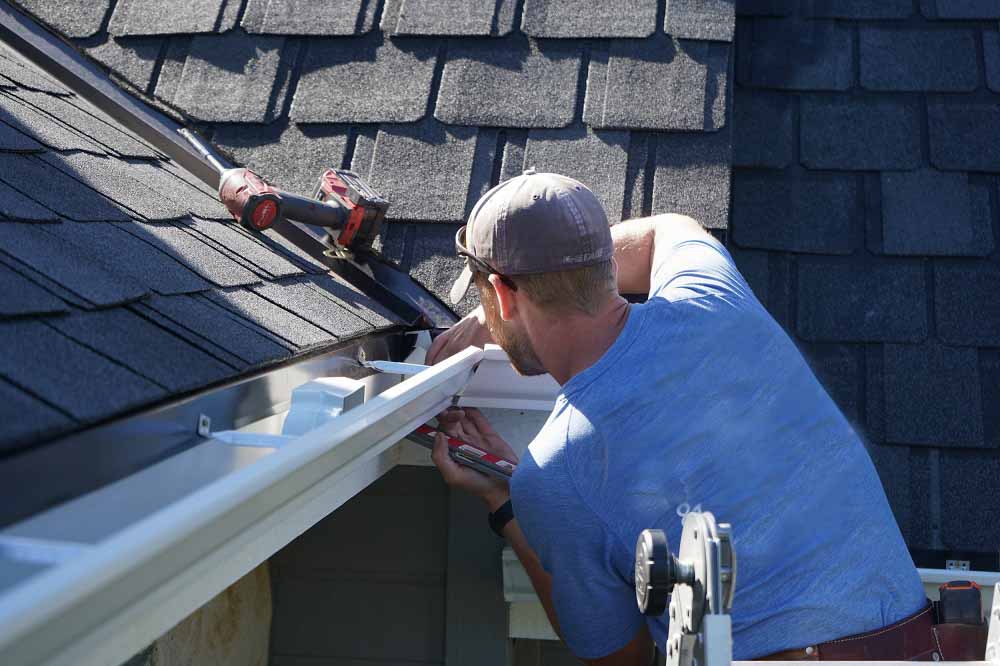Roofs are a vital asset to any home or business. They protect property from the weather and help maintain a safe working environment.
Residential and commercial roofs require regular care to keep them in good shape. The roof’s lifespan will be increased, and the expense of repairs and replacements will be reduced.
Clean the Roof
Whether you own a home or a commercial building, your roof serves many purposes. It protects you from the elements, adds value to your property, and provides a beautiful design feature.
However, over time a roof can become dirty and must be cleaned. This can prevent several issues, including shingle deterioration and wood rot.
The ARMA recommends using chlorine bleach, the same bleach you use to whiten your laundry or scrub your toilet.
Chlorine bleach is safe to use on shingles, but you should always make sure to follow the manufacturer’s instructions. For example, you should not spray it directly onto your roof.
Inspect the Gutters
Gutters are a vital part of any residential roofing system. They drain rainwater from your roof, helping to keep it from causing damage to the foundation and other building materials.
Inspecting your gutters is a necessary part of maintaining them and will help to identify problems before they become serious. Keeping gutters free of debris and clogs can prevent many potential problems, including rust and mold, which will negatively affect the health of your home.
If you don’t have the time or the expertise to clean your gutters, consider hiring a professional. It will allow you to rest assured that your gutters will be adequately cleaned and have no issues when the next storm rolls around.
Check the Flashings
Flashings are vital to keeping rainwater and precipitation away from your roof and gutter. They’re installed at all the places where your roof joins other structures, including chimneys, dormers, skylights, vent pipes, and windows.
They’re designed to divert the flow of water by using surface tension. According to your demands and the temperature where you live, they can be made of plastic or metal.
When a roof’s flashings fail, they can cause leaks and damage the interior of your home. Look for signs such as rust spots, cracks, and bending.
Check the Soffit
The soffit and fascia, which connect your roof’s overhang to the side of your building, are crucial components of commercial roofing. Together, they preserve airflow and aid in avoiding the growth of moisture and mildew on the exterior of your home.
The best soffits and fascias are made from wood, aluminum, or vinyl to withstand the elements and keep your house warm and dry. In addition to protecting your home, soffits also ensure attic ventilation.
Soffits also help prevent ice dams in winter by keeping snow from running to the edge of your roof and collecting there. They may also be perforated or vented to allow air to circulate and keep your attic cool in the summer.
Remove Debris
When debris lands on a roof, it can cause problems. It can impede water flow off your top, resulting in clogs and blockages in gutters.
It can also damage your shingles, which can reduce their useful life. It can cause moss to grow between composition asphalt shingles and destroy shingle-to-shingle bonding.
Debris removal is an integral part of maintaining residential and commercial shingles. A professional roofing contractor will have the tools and experience to safely remove debris from your roof and make repairs as needed.

